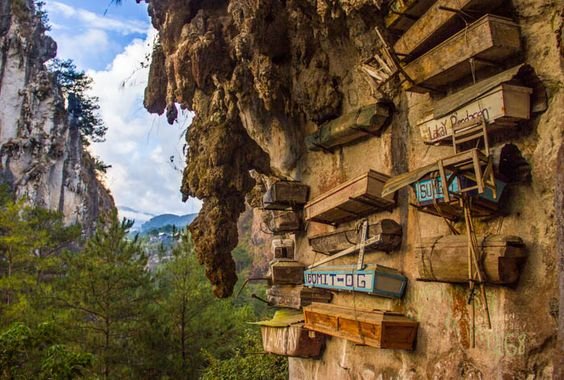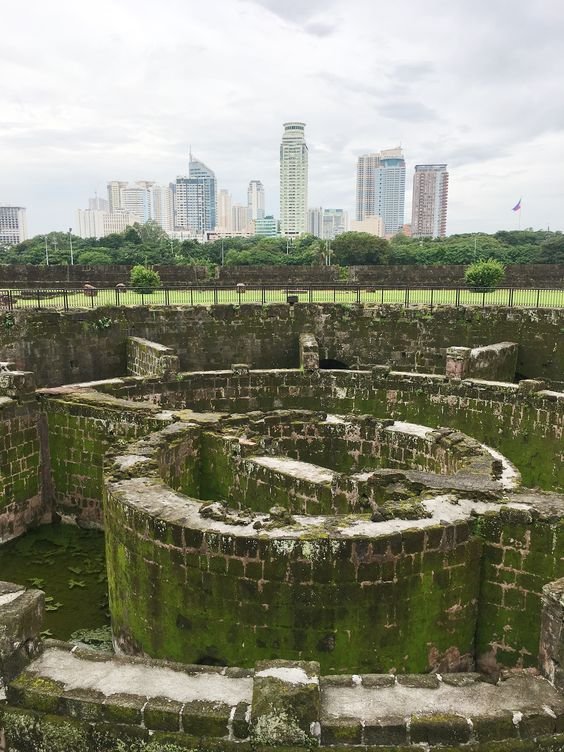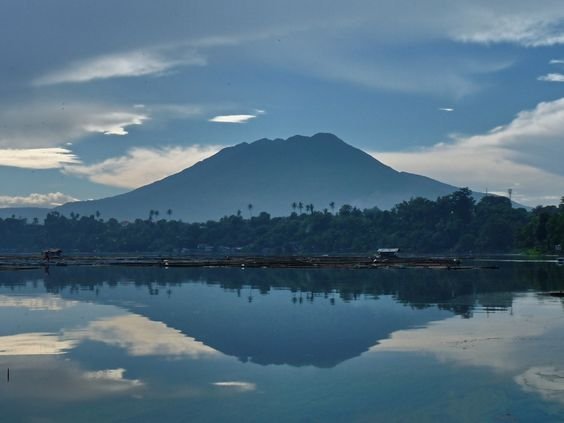These dark tourism spots are bucket list-worthy!

Are you a traveler who longs for a fulfilling travel experience? Maybe it’s the perfect time to consider dark tourism spots — a place where death, tragedy, and odd events took place.
As we live in a culture with a deep appreciation for folklore and myths, local places with eerie history pique our interest. Urban legends about roaming souls are no exception, not to mention the soldiers and victims of war.
Moreover, some are not afraid to dare ourselves to visit these local spots. More than the snapshots and IG-worthy photographs, we see it as an opportunity to look back on the past.
If you aspire to be the next David Farrier of Netflix’s documentary show, Dark Tourist, this one is for you. Have a glimpse of some of the unusual, and often macabre dark tourism spots you should add to your bucket list!
Hanging Coffins of Sagada

If you are thrilled to capture the unique tradition of burial, perhaps consider visiting the remote village in Sagada.
It may not be a common sight for us to see cliffs and cages with hanging coffins. But, for the Igorots, it’s a burial practice with a deeper meaning. According to testimony, the higher they place the coffin, the closer it brings to their ancestral spirits. Additionally, ground burial is not a preferable choice for the elders, for they believe that their bodies will quickly rot as the water leak into the soil.
Now, the elders of Sagana are among the last heirs of this tradition. On the other hand, younger generations adapt to the modern lifestyle, even in their burial.
If you’re up to this ride, just a reminder: courtesy for their culture is a must!
Camiguin’s Sunken Cemetery

After witnessing the hanging burial, plunge under the sea to spot the gravestones of the lost memories of Camiguin.
As some of the tourists say, there is a solitary vibe the moment you see the memorials. Especially when you know the dreadful history of this spot.
In the 1870s, Mt. Vulcan spewed out lava to the submerged areas of Catarman, including the town’s cemetery. Today, you can catch sight of the remains of the structures and gravestones of the cemetery if you dive beneath the water.

To commemorate this ancient burial, the local government built a huge cross atop the ruins of Camiguin in 1982.
If you’re about to go here, do not forget to offer a prayer for the souls sunk by the tragedy.
Intramuros, Manila

The next stop: the historical walls of Intramuros. Numerous people are familiar with this most well-known Spanish establishment in the Philippines. But, aside from being popular for its architectural sites, the place is also renowned as one of the ghostly spots in the country.
While some people see it as a paranormal site, we should also take note that the historical trauma may be the root behind the pessimistic presence passing in the walled city.
Our history taught us that Intramuros became a hotspot of Spanish, American, and Japanese occupations. Countless people lived here — and died as well.
So, if you’re really curious to see remnants of history, do not hesitate to go here. You’ll never know, the infamous mother-and-baby ghost running in the Plaza San Luis Complex may greet you there.
Mt. Banahaw

As you toured yourself in the metro, it’s time to inhale the soothing air of nature. You shouldn’t miss the beauty and mystery of Mount Banahaw.
Known as a holy mountain, climbing its slopes feels therapeutic. Furthermore, this place is a common site of pilgrimage, as some people also believe its natural springs can heal and bring good fortune.
In addition, you may also encounter the Rizalista cult, which resides at the foot of Banahaw. They are the ones who believe in the divinity of José Rizal.
If you’re too strained with the noise of the city, unwind yourself and feel the tranquility of Mt. Banahaw. Tip of advice, do not litter and respect its natural environment.
Cagsawa Ruins of Albay

For the last spot, it’s like a 2-in-1 tour capturing the picturesque landmarks of Mt. Mayon and Cagsawa Ruins.
Just like the other dark tourism spots aforementioned, this spot entails a tragic history. In 1814, the most destructive explosion of Mayon Volcano dismantled the whole town of Cagsawa. It is indeed one of the most gruesome events recorded in Albay, ending the lives of over a thousand residents.
The belfry, which is a portion of the 16th-century Cagsawa church, is the only fragment that survived. The remains of the eruption created Cagsawa Park. Currently, the municipal administration of Daraga and the National Museum of the Philippines conserve and maintain it.
If you’re also into souvenirs, don’t worry because a lot of souvenir shops will greet you as soon as go there.
There you have it! I know that you are excited to check out these peculiar destinations. Just to add, bear in mind to do preliminary research before traveling to these spots. It’s always better to be prepared for any circumstance.
Lastly, more than the traveling experience, always aim to decipher historical narratives. Appreciate the beauty and culture attached to the locations, even though these were once a place of death, tragedy, and odd events.
Be captivated, frightened, and let the good times roll with these dark tourism spots. Bon Voyage!
John Alfred Esmilla is an aspiring online journalist and educator. In his free time, he plays Mobile Legends and watches reality shows. A pitcher of coffee fuels him. He believes that height is just a number, so don't dare to ask it. His love language: acts of service.











